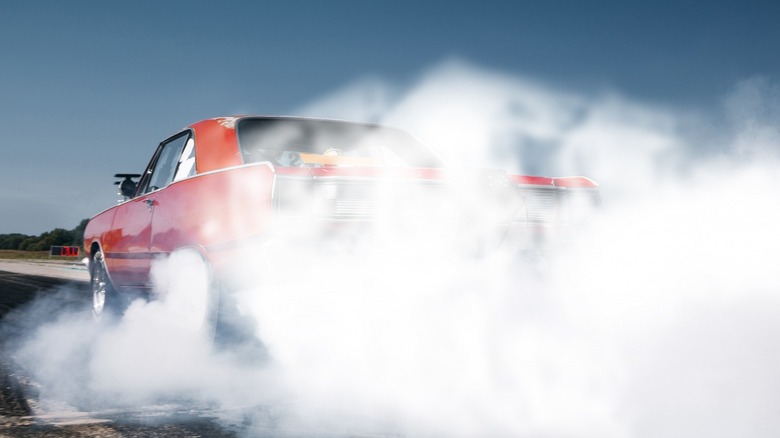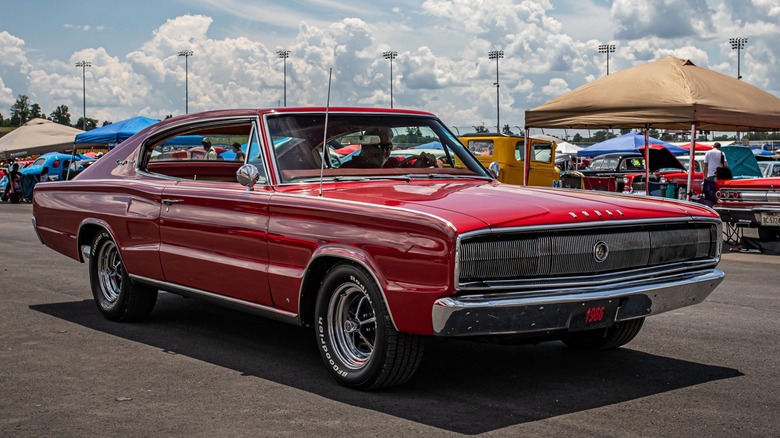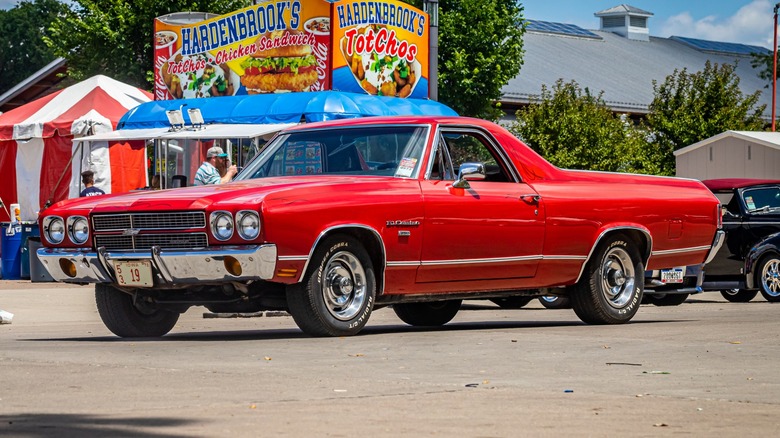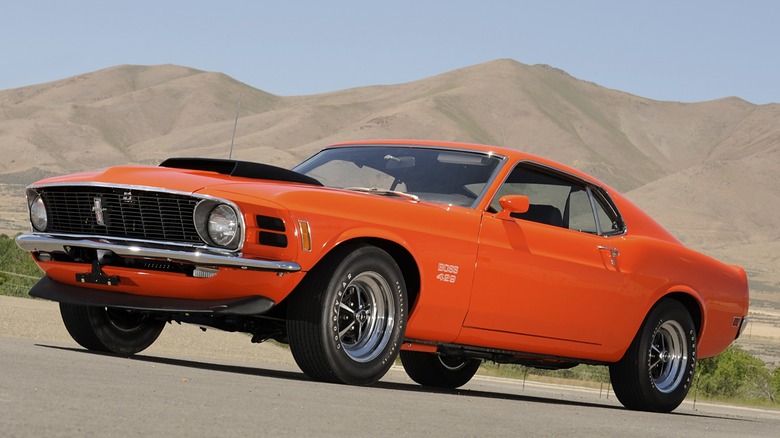Big Block Engine Showdown: Chrysler 426 Hemi Vs. Chevrolet 454 Vs. Ford 429 Boss
The old saying goes, "There is no replacement for displacement." While modern engine technology proves that logic is fundamentally flawed, it's still fun to remember the inexpensive gasoline and big-block-powered muscle cars of days gone by.
The three big block engines listed here are not the highest displacement engines ever installed in passenger cars and trucks. However, these performance-oriented big blocks were the go-to choice for muscle cars from the three prominent American automakers of the time.
The race to build sleeker, faster cars was on by the 1950s. The Muscle Car Era started in the early 1960s and reached its pinnacle in 1971. During that golden age, the "Big Three" automakers delivered cars like the Plymouth Hemi 'Cuda, Chevrolet Chevelle SS, and Boss 429 Mustang.
It all came crashing down in 1972 as Government mandates required improved fuel economy, reduced emissions, and low-octane unleaded gasoline. Some big block engines carried on with lower compression ratios and crippling smog control equipment, but performance versions were gone.
Chrysler 426 Hemi
Like many other automotive innovations, the Chrysler 426 Hemi owes its existence to automobile racing's desire for more. The automaker's NASCAR team felt it had reached the 426 Wedge engine's performance limits by the conclusion of the 1963 racing season. Seeking more horsepower and speed, Mopar engineers applied Chrysler's hemispherical cylinder-head technology, developed in the 1950s, to the Wedge's 426-cubic-inch big block, creating a 426 Hemi with tremendous potential.
Chrysler Racing debuted the 426 Hemi at the 1964 Daytona 500 NASCAR event on February 23. At the end of the 500-mile race, four 426 Hemi-powered Chryslers finished in the top five, including a Plymouth Belvedere, driven by Richard Petty, that led 184 of the 200 laps around Daytona's 2.5-mile oval for the win. In addition to NASCAR, the 426 Hemi succeeded in the top levels of NHRA drag racing.
Chrysler began producing 426 Hemi-equipped Plymouth Belvedere and Dodge Coronet models for the 1965 model year to satisfy NASCAR rules. From 1966 to 1971, the 426 Hemi powered vehicles such as the Barracuda (or 'Cuda), Charger, and Road Runner, to name just a few.
The 426 Hemi used a 4.25-inch bore and 3.75-inch stroke to achieve its displacement. The secret to its 425-horsepower rating lies in the dome shape of the cylinder head's combustion chamber. The dome shape is well-suited for burning fuel and heat-shedding, and the design allows large intake and exhaust valves to move large volumes of air through the engine.
Chevrolet 454
Chevrolet introduced its big block 454 in 1970 at the height of the muscle car wars. As an upgrade to the already successful 427-cubic-inch big block, the 454 was available in several GM vehicles from 1970 to 2001. Sporty models like the Chevelle made good use of the big block's 450 horsepower, while inconspicuous models like the Monte Carlo, Caprice, and El Camino had 454 cubic-inch offerings as well.
In 1971, the Chevelle's detuned 454 made 365 horsepower compared to the Corvette's 425-hp 454-cubic-inch big block. However, by 1972, the 454-equipped Corvette was rated at 270 horsepower. While we can blame as much as 20 percent of that loss on the switch to reporting net horsepower, lower compression ratios, fuel-sipping carburetors, and less aggressive camshafts realistically reduced power output.
The 454 carried on in GM trucks for three decades, undergoing constant changes to make it more fuel-efficient and environmentally friendly. Known as the 7.4-liter Vortec, the once-mighty 454 made 290 horsepower and 410 lb-ft of torque in its final fuel-injected production iteration. The 7.4 Vortec powered various motorhomes, heavy-duty GM trucks, and cargo vans from 1996 to 2001.
Ford 429 Boss
The Ford 429 Boss big block engine shares an origin story similar to Chrysler's 426 Hemi, creating a production engine to qualify the race version for NASCAR use. Before 1969, Ford used a 427-cubic-inch big block in its racing efforts and production cars. However, with Chrysler's 426 Hemi asserting its dominance on the racetrack, it became clear that Ford had to up its game.
Ford engineers returned to the drawing board, creating an all-new 429-cubic-inch big block with 4.36-inch cylinder bores and 3.59-inch crankshaft stroke. While the Boss 429 doesn't exactly use Hemi heads, the design is similar enough to earn it the nickname Semi-Hemi. However, Ford took a slightly different path to make the Boss 429 available to the masses.
Instead of putting the Boss 429 in its Torino or similar-sized production cars, Ford had a better idea. The automaker sent new, engineless 1969 Fastback Mustangs destined for Boss 429 treatment to Kar Kraft, Ford's experimental racing division. Kar Kraft modified the Mustang's engine bay, including the frame, suspension, and firewall, to allow the big-block V8 to fit.
Ford rated the 1969 Boss 429 Mustang at 375 horsepower and 410 lb-ft of torque, but the 429 had substantially more to offer. While the big engine performed well at higher revolutions, the restrictions required to fit it under a Mustang hood cut its airflow substantially.



